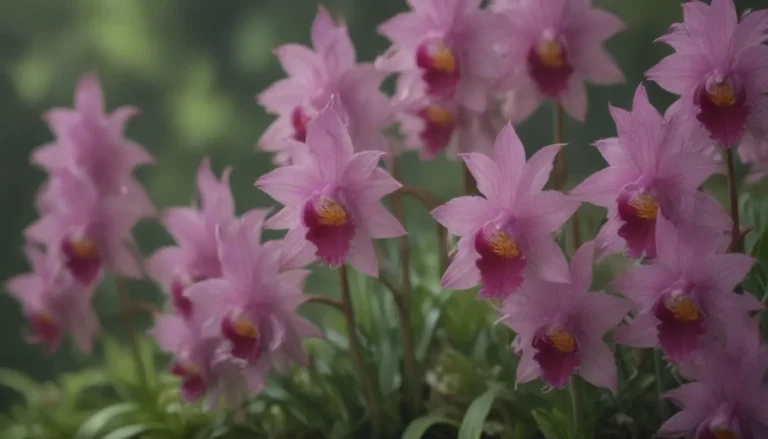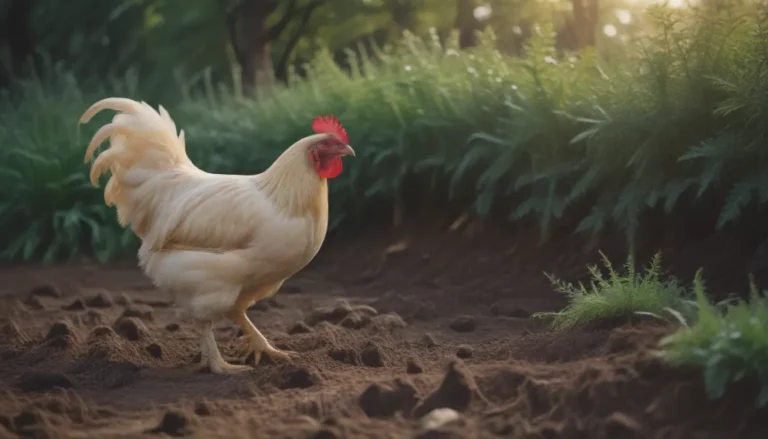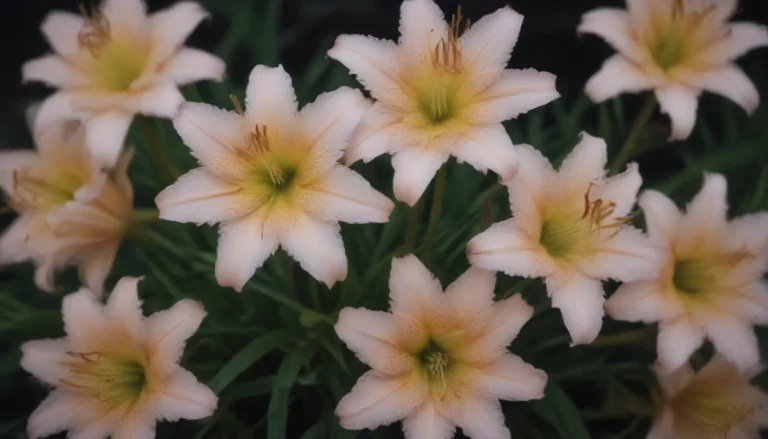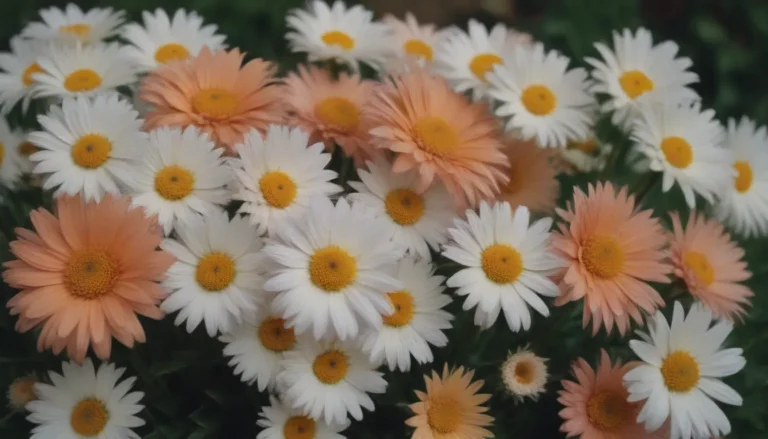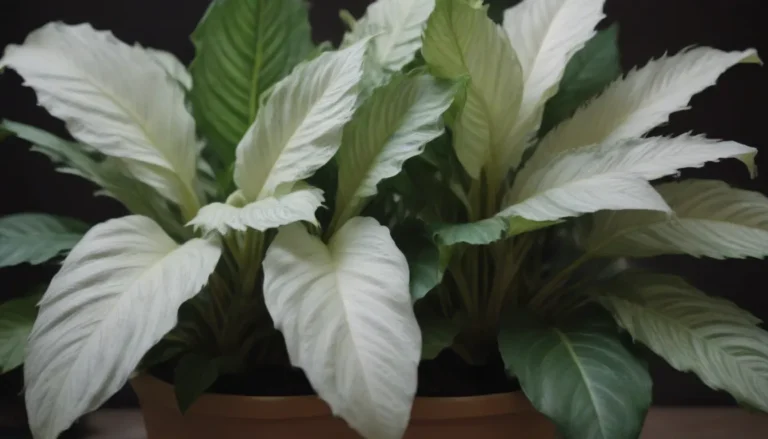The Ultimate Guide to Growing and Caring for Pink Princess Philodendron
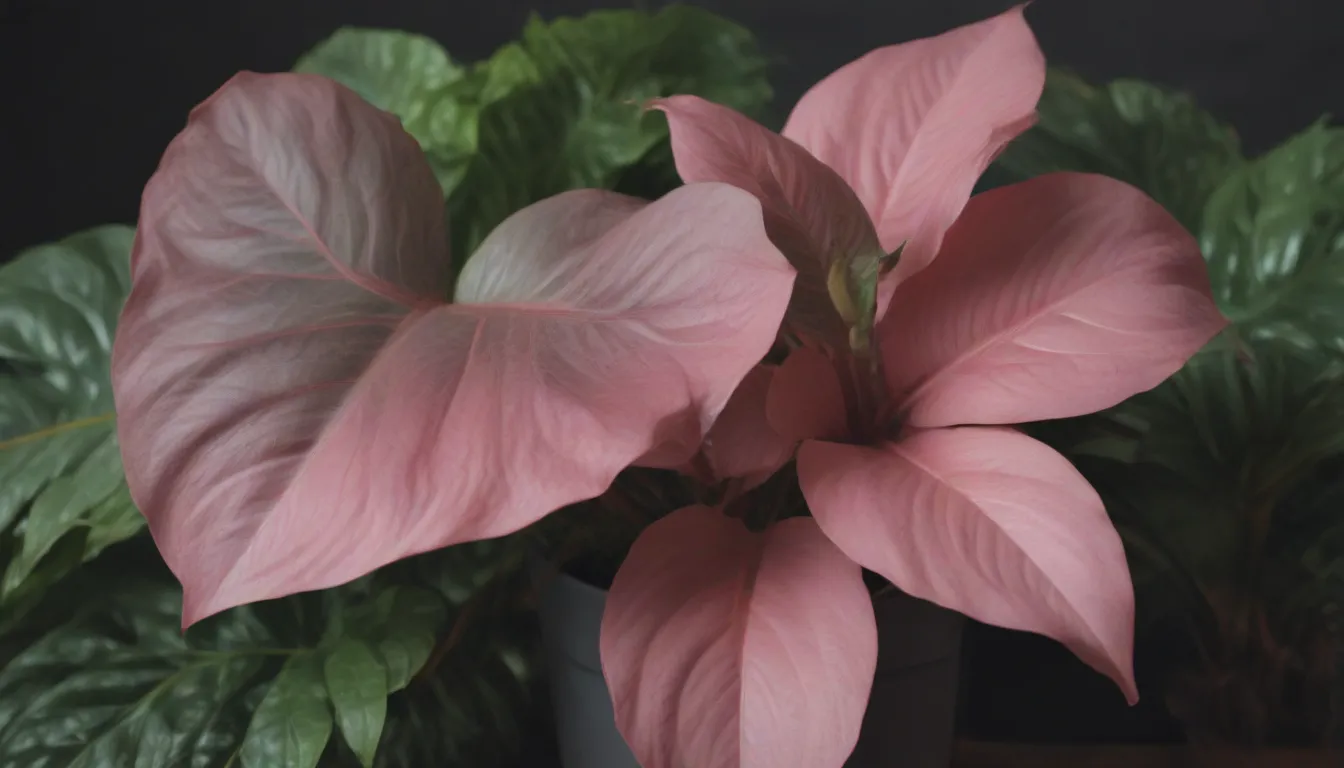
Have you ever laid eyes on a stunning pink princess philodendron and dreamed of having one in your own home? With its vibrant green leaves and bubblegum pink variegation, this plant is truly a showstopper. If you’re considering adding a pink princess philodendron to your collection, you’re in for a treat! In this comprehensive guide, we’ll walk you through everything you need to know about growing and caring for this beautiful plant.
What Makes Pink Princess Philodendron Special?
The pink princess philodendron, also known as Philodendron erubescens ‘pink princess’, is a tropical aroid native to Colombia. Its unique variegation is what sets it apart from other philodendron varieties. Unlike the pink congo, which achieves its variegation through chemicals, the pink princess’s variegation is stable and occurs naturally. This makes it a highly coveted plant among collectors.
Pink Princess Philodendron Care Tips
Caring for your pink princess philodendron is relatively straightforward, but there are a few key factors to keep in mind to ensure it thrives and maintains its stunning variegation.
Light
- Provide your pink princess philodendron with several hours of bright, indirect light each day.
- Consider supplementing with a grow light if your home doesn’t receive enough natural light.
- Avoid placing your plant in direct sunlight for extended periods, as this can cause its leaves to burn.
Soil
- Plant your pink princess in a well-draining, airy soil mix that is high in organic matter.
- A blend of standard potting soil, perlite, and orchid bark is ideal for this plant.
Water
- Allow the top half of the soil to dry out between waterings.
- Water your plant approximately once a week in the spring and summer, and once every 1 to 2 weeks in the fall and winter.
- Avoid overwatering, as pink princess philodendrons are susceptible to root rot.
Temperature and Humidity
- Keep your plant in temperatures between 65 and 79 degrees Fahrenheit.
- Maintain moderate humidity levels to promote healthy growth.
- Avoid exposing your plant to temperatures below 60 degrees Fahrenheit.
Fertilizer
- Feed your pink princess philodendron with a balanced liquid fertilizer monthly during the growing season.
- Stop fertilizing in the early fall as the plant enters its dormant period.
Repotting Your Pink Princess Philodendron
Repotting your pink princess philodendron is necessary when it outgrows its current container. Look for roots emerging from the drainage holes or circling the inside of the pot as signs that it’s time for a bigger home. Spring and summer are the best times to repot your plant, as it is actively growing during these seasons.
Here’s how to repot your pink princess philodendron in a few simple steps:
- Carefully remove the plant from its current pot.
- Gently tease apart the roots and remove any excess soil.
- Place the plant in a slightly larger pot with fresh potting mix.
- Water thoroughly and allow the plant to settle into its new home.
Propagating Your Pink Princess Philodendron
If you want to expand your collection of pink princess philodendrons or share the beauty of this plant with a friend, propagation is a great option. Stem cuttings are a simple and effective way to propagate your plant and encourage bushier growth.
Here’s how to propagate your pink princess philodendron using stem cuttings:
- Select a healthy stem with at least two nodes.
- Make a clean cut just below a node using a sharp, sterile knife.
- Place the cutting in water or moist soil and keep it in a warm, bright location.
- Within a few weeks, roots should begin to form, indicating successful propagation.
Common Pests and Plant Diseases to Watch For
Pink princess philodendrons are susceptible to a variety of pests and diseases that can affect their health and appearance. Keep an eye out for mealybugs, aphids, spider mites, and other common houseplant pests. Additionally, be vigilant against root rot and rust spot disease, which can impact the overall well-being of your plant.
If you encounter pests on your pink princess philodendron, consider using insecticidal soap or neem oil as natural remedies. Proper care and maintenance can help prevent many common problems and keep your plant thriving.
Common Issues with Pink Princess Philodendron
Despite being relatively low-maintenance, pink princess philodendrons can experience a few common problems that may require attention. Here are some issues to watch for and how to address them:
Leaves Are Not Pink and Losing Variegation
If your plant’s leaves are reverting to green and losing their variegation, it may be due to insufficient light. Ensure that your pink princess philodendron is getting enough bright, indirect light to support vibrant variegation.
My Plant is Getting Leggy
Leggy growth is a sign that your plant is reaching for more light. Move it to a brighter location to encourage compact, healthy growth.
Leaves Are Turning Brown
Brown leaf edges are often caused by low humidity levels. Increase the humidity around your plant to prevent further browning and maintain its overall health.
Leaf Variegation is Turning Brown
Brown spots on the variegated areas of your plant’s leaves can indicate sunburn or excessive light exposure. Provide shade or adjust the plant’s lighting to prevent further damage.
Buying a Pink Princess Philodendron
If you’re ready to add a pink princess philodendron to your plant collection, there are a few key things to keep in mind when purchasing one:
Why Are Pink Princess Philodendrons Expensive?
The high cost of pink princess philodendrons is partly due to their popularity and limited availability. Their unique variegation makes them a sought-after plant for collectors, driving up prices. While mature specimens may still command a premium, younger plants and cuttings are now more accessible and affordable.
How Much Do They Cost?
Prices for pink princess philodendrons can vary depending on the size and variegation of the plant. While mature specimens may still be relatively expensive, smaller plants and cuttings are now more budget-friendly. You can find pink princess philodendrons for as little as a few dollars, making them a more attainable addition to your plant collection.
What to Look for When Buying
When shopping for a pink princess philodendron, look for plants with vibrant, consistent variegation and healthy foliage. Check the stems and leaves for any signs of pests or disease, and choose a plant that fits your budget and care requirements.
Where to Buy
Pink princess philodendrons are now more widely available from a variety of sources, including local plant shops, nurseries, and online retailers. Consider purchasing from reputable sellers to ensure the quality and health of your plant. Keep an eye out for special offers and sales to score a deal on your very own pink princess philodendron.
Wrap Up
Whether you’re a seasoned plant enthusiast or a beginner looking to expand your indoor jungle, the pink princess philodendron is a stunning addition to any collection. By following the care tips and guidelines outlined in this guide, you can enjoy the beauty of this unique plant and watch it thrive in your home. Remember to provide adequate light, water, and attention to your pink princess philodendron to keep it healthy and vibrant for years to come. Happy growing!
